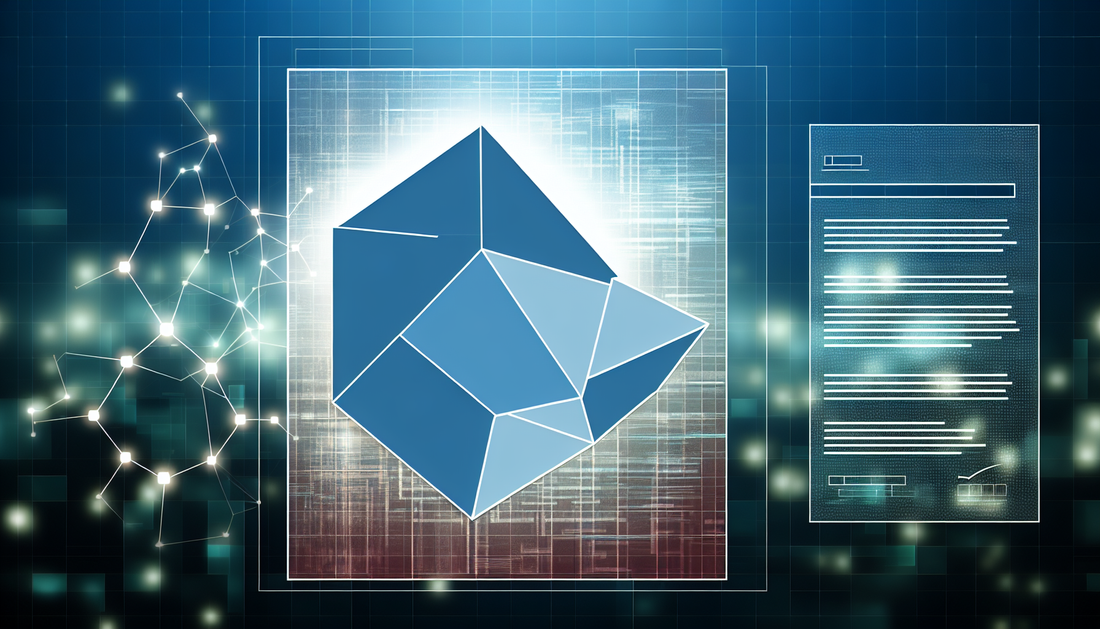
Decoding Polygon: The Future of MATIC Tokenomics
Share
Understanding the Tokenomics of Polygon (MATIC)
Polygon, formerly known as MATIC, is a prominent player in the blockchain space, primarily designed as a Layer-2 scaling solution to address Ethereum's scalability challenges. The Polygon network aims to provide faster and cheaper transactions while ensuring the security and robustness characteristic of the Ethereum ecosystem. At the heart of this platform lies its native token, MATIC, which plays a pivotal role in ensuring the network's smooth operation.
The Role of MATIC in the Polygon Ecosystem
MATIC, the native token of Polygon, is vital in staking, governance, and fee settlement within the network. Users can stake MATIC tokens to participate in the network's proof-of-stake consensus mechanism. This not only helps secure the network but also allows stakers to earn rewards, thereby incentivizing their participation. Governance-wise, MATIC holders can propose and vote on changes or upgrades within the network, making their involvement crucial for its evolution.
Supply Dynamics and Distribution
When discussing tokenomics, understanding the supply dynamics of a cryptocurrency is essential. Polygon has a capped supply of 10 billion MATIC tokens, with a significant portion already in circulation. The distribution of these tokens was initially allocated to various stakeholders, including the team, advisors, and foundational operations, ensuring a balanced and sustainable ecosystem growth.
Moreover, MATIC tokens are utilized to pay for transaction fees within the Polygon network, which promotes continuous demand for tokens as the network use expands. This mechanism is fundamental in maintaining the platform's economic model stability and balancing its token inflation.
Comparative Analysis
While the Polygon network has garnered widespread attention for its scalability solutions, comparing its tokenomics to other crypto-assets might provide further insight. For example, a study into Dogecoin's tokenomics reveals differences in inflationary models and network utility. Polygon focuses on providing a robust infrastructure for dApps and DeFi applications, redefining its token's utility and market positioning.
Security and Future Outlook
From a security standpoint, Polygon leverages the security of the Ethereum network, ensuring the integrity and safety of transactions and smart contracts operating within its network. As the blockchain ecosystem grows, Polygon's approach to scaling and its detailed tokenomics may likely shape its role within the broader landscape.
The uniqueness of Polygon's model lies in its adaptability and continuous advancement to tackle the challenges of blockchain scalability. It's crucial for stakeholders to comprehend these dynamics as they evaluate the platform's long-term potential and investment viability.
